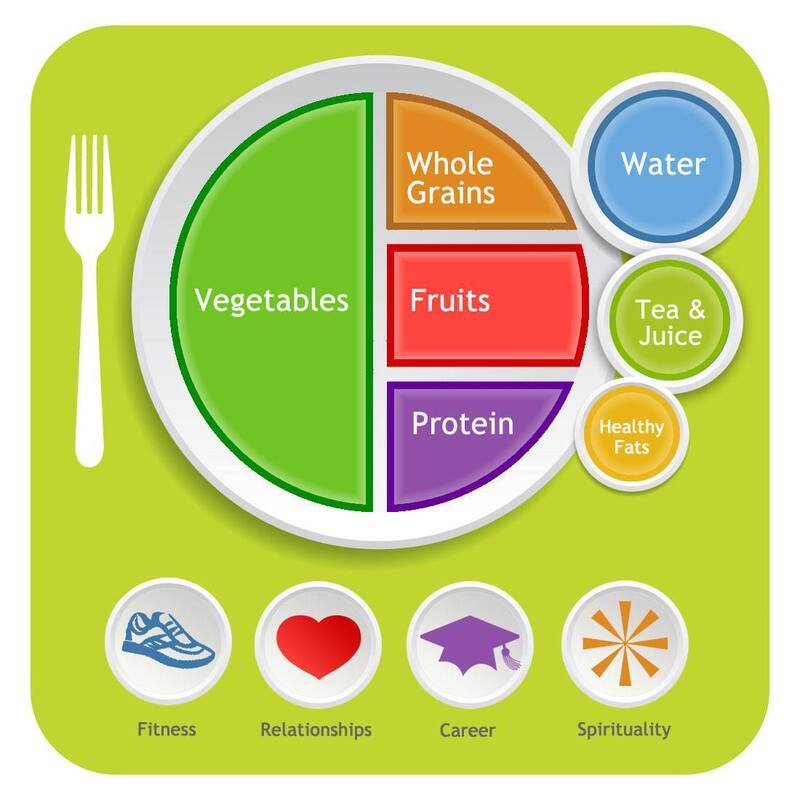 I can’t say I enjoy it any more than you do. One day, you’re effortlessly running for 30 minutes, climbing mountains, or tackling the stair climber with ease. Then, out of nowhere, you find yourself dealing with a throbbing knee. What do you do next? Several years ago, I had a rollerblading accident that injured my left knee. After a long healing process, I managed to forget about it—until life circumstances brought it back to the forefront. When I took a 9-5 corporate job, I suddenly found myself sitting for up to 10 hours a day in front of a computer screen. To counteract the effects of such a sedentary lifestyle, I decided to incorporate some exercise into my work routine by running stairs during breaks. I would sprint up four flights of stairs five times, in addition to my usual workouts on the stair climber at the gym and daily hikes. That’s when my knee began to ache again. I was devastated. Cardio had become my lifeline, my go-to for boosting energy and focus; it was my personal anti-depressant. Reluctantly, I knew I had to customize a new routine. I wanted a workout that was efficient, something that could fit into my busy schedule while still providing maximum benefits. I was searching for the best workout in the shortest amount of time, hoping for additional health perks to make it more appealing. During this period of adjustment, I was also grappling with a persistent, unexplained issue with my jaw—another concern that had been nagging at me for years without any clear diagnosis. It was a lot to handle, but I was determined to find a way forward. Fast forward to today, and I’ve learned that adapting to change is part of the journey. While it can be frustrating to face setbacks, they often lead to new discoveries about our bodies and what they need. By embracing a new approach to fitness and health, I’ve come to appreciate the importance of flexibility—both physically and mentally. If you’re facing similar challenges, remember that it’s okay to modify your routine. Listen to your body, explore alternative workouts, and prioritize your overall well-being. Sometimes, the path to a healthier lifestyle isn’t about pushing harder; it’s about finding balance and adapting to what works for you.
0 Comments
 As we age and our hormones change, alcohol becomes less and less attractive on women. I'm not saying moderate amounts of alcohol, but the box of wine and Netflix kind of alcohol. The aging crying woman in the bar kind of alcohol. The I don't remember that conversation from last night the next morning kind of alcohol. Women who drink too much appear tired and dehydrated. It's very obvious. Not all the botox, infusions or supplements will hide the fact. There is absolutely nothing healthy about alcohol. Being raised an Irish Catholic, I've had alot of alcohol and it was fun for a long time. But as I got older it started to show. Studies show women have a MUCH higher chance of breast cancer if they drink even moderate amounts. If legal in your state, I recommend considering cannibus supplementation or better yet, cannibus alone. Cannibus can be easily infused into coconut oil and used in a variety of ways.; this way you can control your consumption and benefit from the oil. Of course, abstinence from all mind altering substances is best (and prohibitive for some) but for those who still like to feel high cannibus is a great choice..and no, it's not a gateway drug. Reasons cannibus may be a good consideration: 1. Pain Management: - A study published in the Journal of Pain in 2016 found that cannabis might be effective in managing chronic pain, which is a common issue for aging populations, particularly women. Many older adults are turning to cannabis as an alternative to opioids and alcohol for pain relief. 2. Mental Health: - Research suggests that cannabis may have a role in alleviating anxiety and depression. A 2018 study in Frontiers in Public Health highlighted that cannabis use was associated with lower levels of anxiety among older adults. In contrast, alcohol can exacerbate mental health issues and contribute to mood disorders. 3. Cognitive Function: - Some studies, such as one published in Nature in 2020, explore the neuroprotective effects of cannabinoids. While excessive alcohol consumption is linked to cognitive decline and dementia, cannabis may have protective effects on the brain, although research is still ongoing. 4. Bone Health: - A study in the Journal of Bone and Mineral Research (2019) suggested that cannabinoids could promote bone health and reduce the risk of osteoporosis, a condition that predominantly affects older women. 5. Substance Use Patterns: - Research published in Psychology of Addictive Behaviors (2019) indicates that older adults may be turning away from alcohol in favor of cannabis, partly due to the perception of cannabis being a safer alternative with fewer side effects. 6. Quality of Life: - A 2020 study published in The Journal of Pain and Symptom Management found that older adults using cannabis reported improvements in quality of life, including better sleep and reduced pain, compared to those who primarily used alcohol. 7. Reduced Risk of Addiction: - Unlike alcohol, which can lead to significant addiction and withdrawal issues, cannabis is generally considered to have a lower risk of addiction. A study in the American Journal of Psychiatry (2021) highlighted that older adults have lower rates of cannabis use disorder compared to younger populations. While these points provide a framework for understanding the potential benefits of cannabis over alcohol for aging women, it’s essential to note that individual responses to both substances can vary significantly. Moreover, more research is needed to fully understand the long-term effects of cannabis use, especially in older populations. |
Archives
February 2025
Categories |

 RSS Feed
RSS Feed